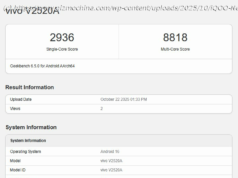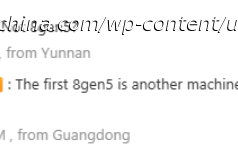At this sushi chain in Asia, custom orders are made through a tablet and delivered by train. CNBC tested out one location in Hong Kong.
Workers are frequently told robots are coming for their jobs, while fast food employees are already starting to see automation creep into their places of employment. Along with kiosks popping up at McDonald’s, diners in Japan have been treated to a sushi-making robot, while in California a robot flips burgers.
So with machines on the rise in restaurants, how has it impacted the consumer dining experience? Recently, CNBC tested a sit-down restaurant in Hong Kong where automation has taken over most of the tasks usually performed by servers. The goal was to see if a meal could be consumed with no human interaction.
Genki Sushi, a Japanese sushi chain expanding throughout Asia, is known for its conveyer belt style of food service, where customers can grab a roll passing by their table. That’s nothing entirely new.
Yet lately, however, it’s rolled out restaurants in which customers order customized dishes on a tablet. The food is delivered by an automated train which comes straight to your seat or booth.
Upon arrival, customers input their name in a kiosk, along with the number of people in their group. A receipt with a number was printed and, several minutes later, the number was called and a real-life person escorts the diner to a seat.
As it happens, that’s the point at which interaction with a human ends.
Upon being seated, everything from sushi to noodle dishes and even cheesecake is delivered by an automated train—directly to the diner. There’s no human involvement at all, even someone to explain the process.
There wasn’t exactly a lack of staff at this location —but a lack of things to do for the staff with machines doing virtually all of the work. Looking around the restaurant, CNBC noticed plenty of employees standing around—their only visible job was to clear the numerous amounts of plates collected in between customers.
Upon paying, one would assume there would be a credit card system on the tablet. There wasn’t.
At the counter near the entrance where a human worker was ready to settle the bill, and ending transaction was just like any other.






